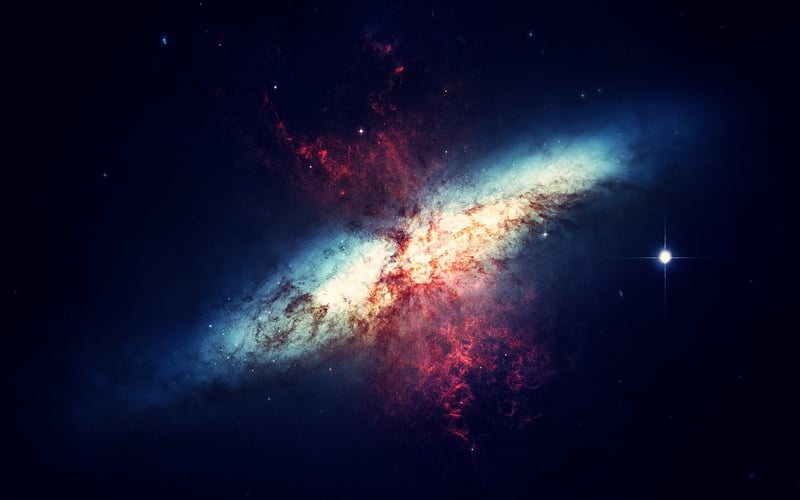Unveiling Neutron Stars
The Mysteries of the Cosmos: Unveiling Neutron Stars
Neutron stars are one of the most fascinating and enigmatic objects in the universe. These celestial bodies are born from the remnants of massive stars that have undergone a supernova explosion. While they may appear small in size, neutron stars are incredibly dense, packing the mass of about 1.4 times that of the Sun into a sphere with a diameter of only about 12 miles.
Characteristics of Neutron Stars:
- Density: Neutron stars are so dense that a teaspoon of neutron star material would weigh about a billion tons on Earth.
- Magnetic Fields: They possess incredibly strong magnetic fields, a million times more powerful than the strongest man-made magnets.
- Rotation: Neutron stars can rotate rapidly, with some spinning hundreds of times per second, emitting beams of radiation like cosmic lighthouses - these are known as pulsars.
Studying Neutron Stars:
Scientists use various methods to study neutron stars and unravel their mysteries. Observatories equipped with powerful telescopes and detectors help researchers observe the radiation emitted by these exotic objects.
Challenges in Neutron Star Research:
Despite significant advancements in technology, studying neutron stars still poses many challenges. The extreme conditions near these objects make it difficult for scientists to gather direct observations.
Recent Discoveries:
Recent studies have revealed exciting new findings about neutron stars, including insights into their internal structure, magnetic fields, and possible connections to other cosmic phenomena.
Conclusion:
Neutron stars continue to captivate astronomers and astrophysicists, offering a window into the extreme physics that govern our universe. Unraveling the mysteries of these cosmic enigmas will undoubtedly lead to further discoveries and a deeper understanding of the cosmos.
Explore more about neutron stars and the wonders of the universe through NASA and ESA.

